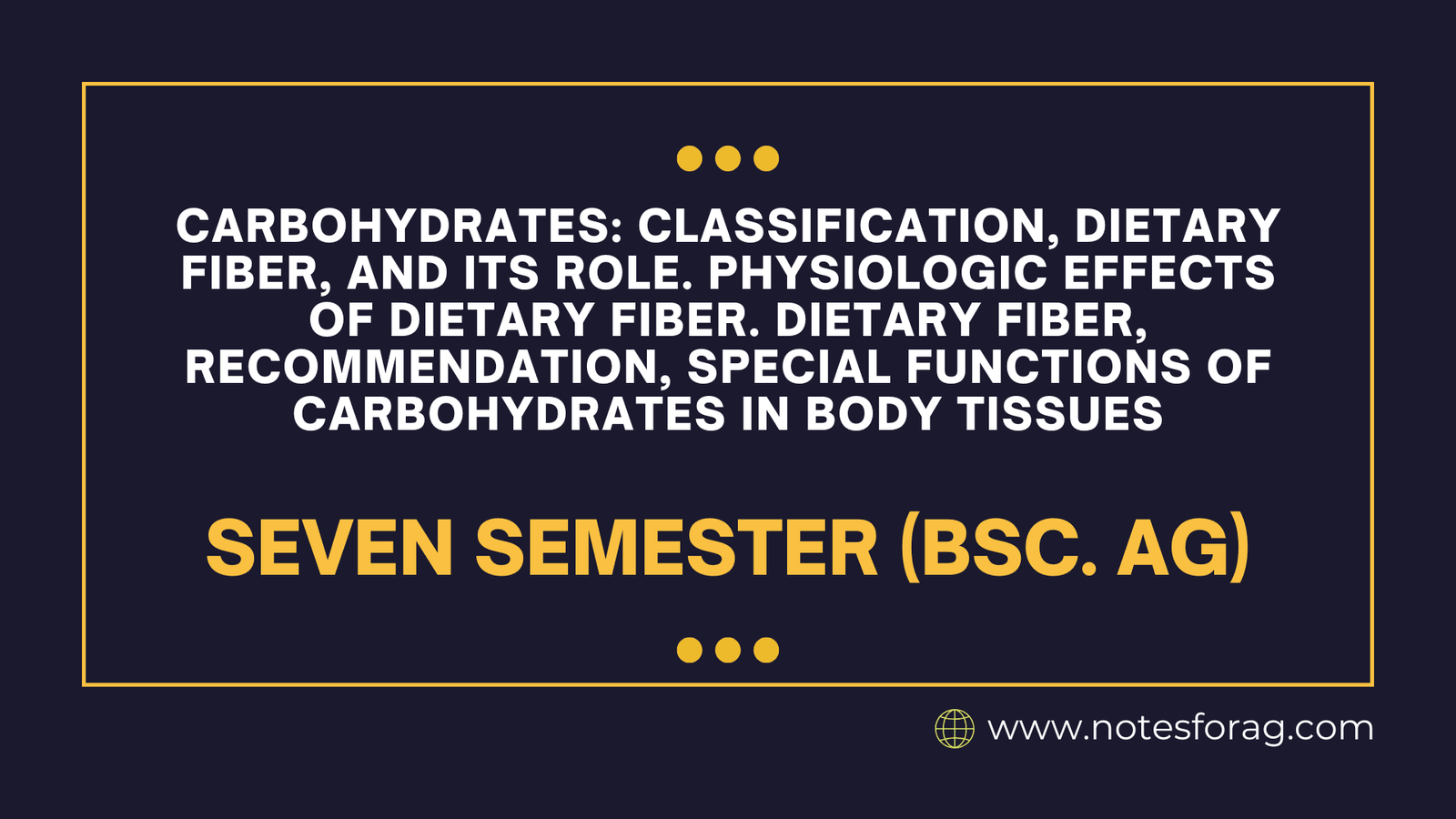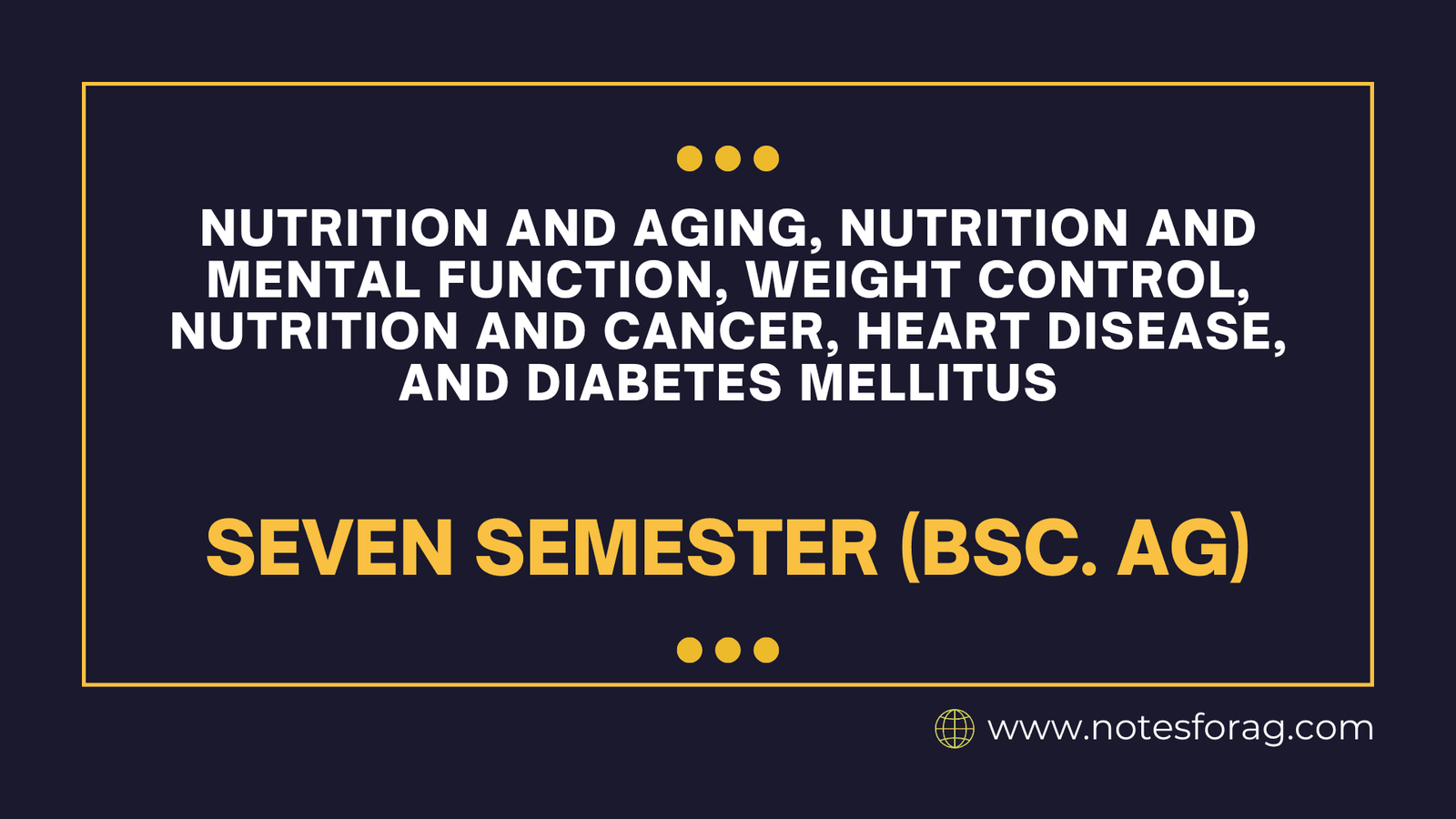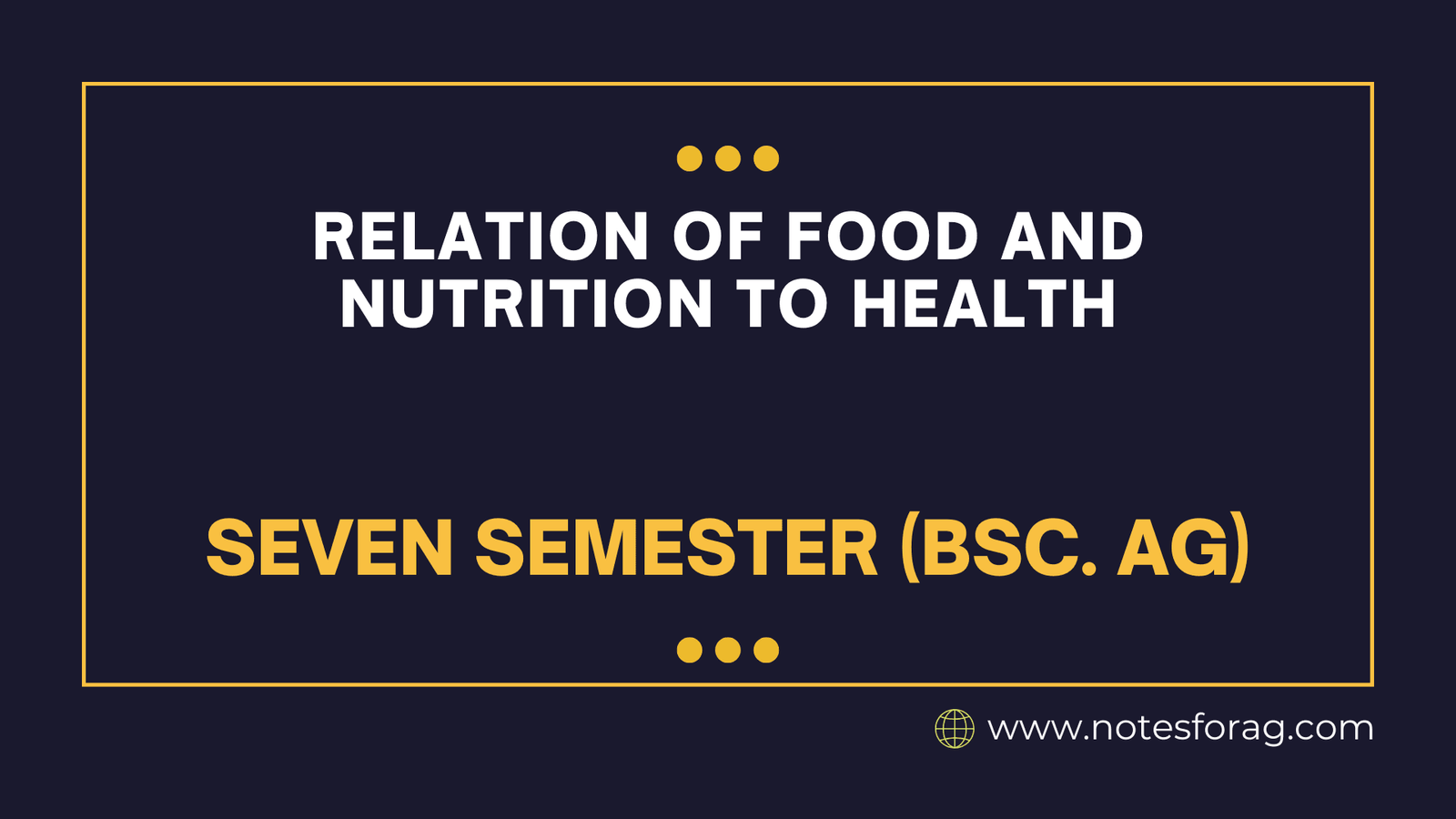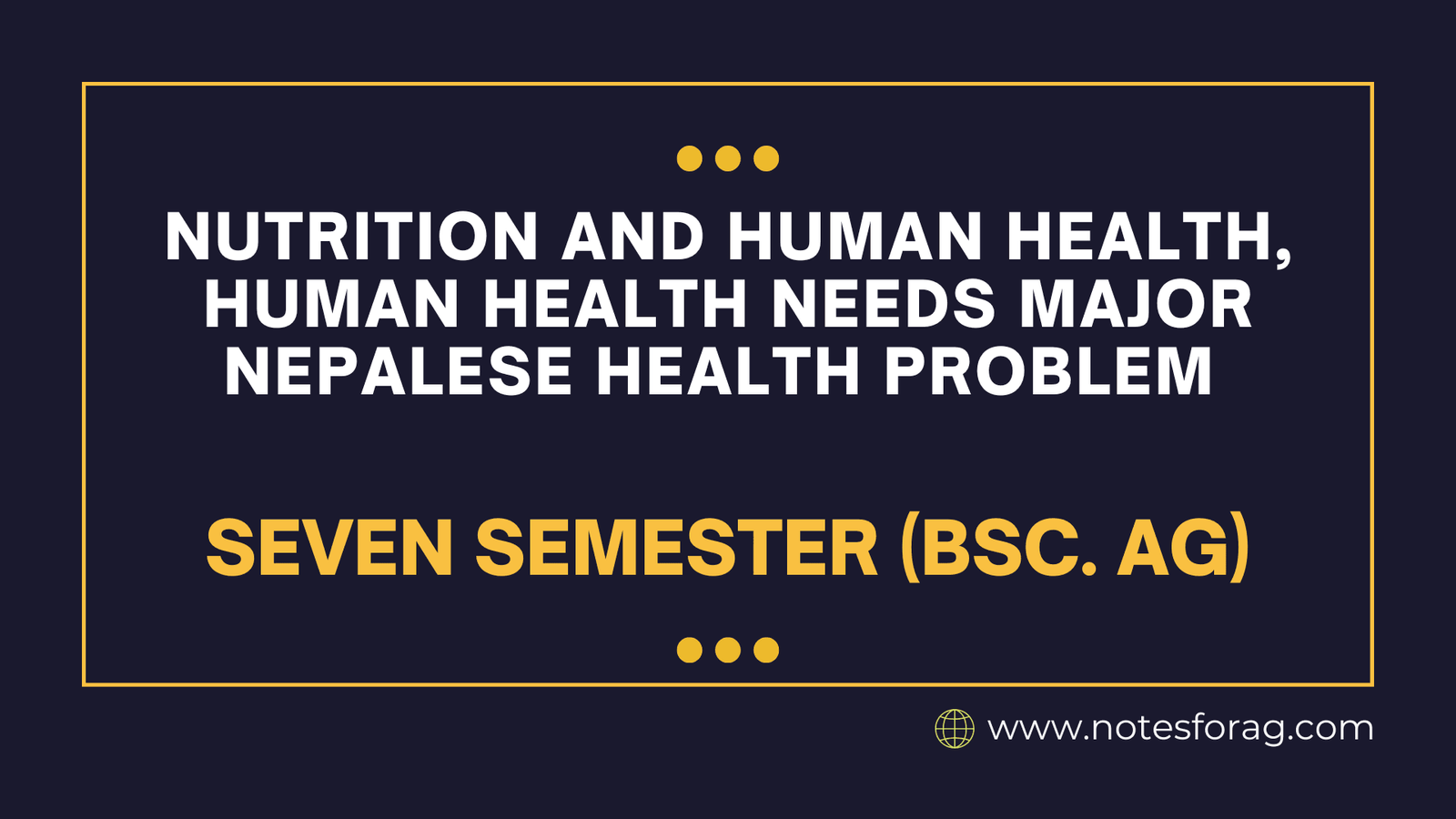Carbohydrates: Classification, Dietary fiber, and its role. Physiologic effects of dietary fiber. Dietary fiber, recommendation, Special functions of carbohydrates in body tissues
What is Carbohydrates? Carbohydrates are essential nutrients that supply energy to the body, found in foods like fruits, vegetables, grains, and dairy. They are generally divided into three main categories: sugars, starches, and fibers. Sugars are simple carbohydrates present in fruits, vegetables, and dairy products. Starches are complex carbohydrates that take longer to digest, found … Read more










